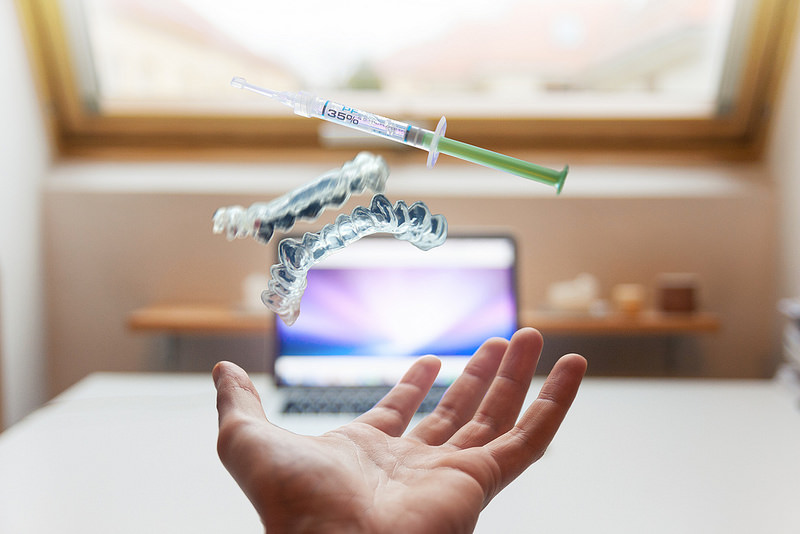In some ways, as I will describe below, this is one of the more troubling aspects of the DRE examination.
But what is an injection site anyway? And how far do the police look for one? This is not standardized. And that in and of itself can pose problems. Some people will inject their drugs between their fingers or toes, to avoid the presence of injection sites. Does this mean that police have the authority to demand that you remove your shoes to show them your feet? Failing to do so could be construed as failing to participate in the test and lead to a criminal charge for refusal.
But it gets worse – some drugs need to be injected into the large muscles. This typically means your butt. Certain painkillers, some impairing and some not, are injected into the large muscle of the rear end because of the pain associated with their administration. In those circumstances, the officer could — in theory — demand a person remove their pants to check out their ass for injection sites. But this amounts to a strip search, and should not be done as part of a DRE evaluation where the officer can compel compliance under penalty for refusal charges.
Injection sites can be all over the body and mean very little. Vaccinations and inoculations can be put into the upper arm. The large muscle is used for many non-impairing painkillers, like Toridol. Blood draws are done from the blood vessels in the elbow, in the same place where a heroin-related injection site would likely be. And if you’ve recently had an IV inserted for surgery or intravenous medication, you will have injection marks on your hands or forearm. Diabetics who have to regularly test their blood sugar will have injection sites on their fingers or hands from doing so.
So what does an injection site tell the police about impairment? Or even drug use? Very little. All it shows is that someone had a needle stuck in them at some point. But it doesn’t say what was in that needle and it doesn’t say whether what was in that needle impaired a person.
There are also plenty of ways to mistake a perfectly innocuous mark for an injection site. Whether it’s a pinprick or a mosquito bite or a bee sting or something else, a mark that looks like an injection site is not necessarily an injection site at all. That this is included is offensive, and without any medical credentials to differentiate the types of injection sites, I cannot see how this is relevant to impairment.
Third Pulse
Ah, yet again we see the pulse taken. And as with the previous situations in which the pulse is measured, it is always after something that would set off the pulse from its norm. Here, there is a circumstance where a detailed examination of the bare skin of a detainee has been done by the officer. One that, by necessity, involves physical touching of the individual. That the pulse rate would, after such an experience, be abnormal, should come as no surprise.
And yet, isn’t that the point of the DRE?
Next week, as we inch closer to legalization, we will talk about the subject’s statements and other observations. How exciting!
